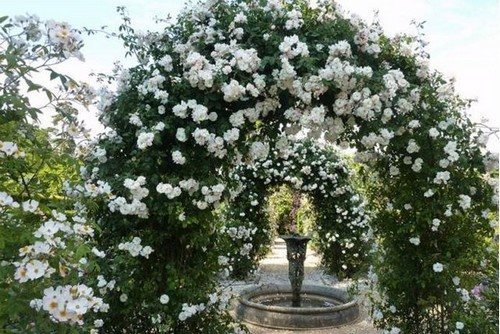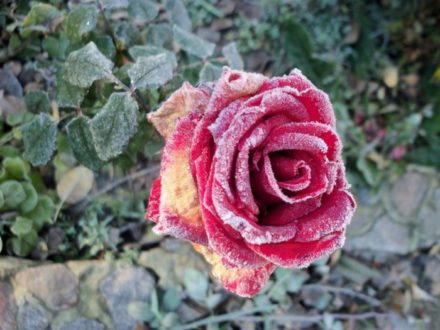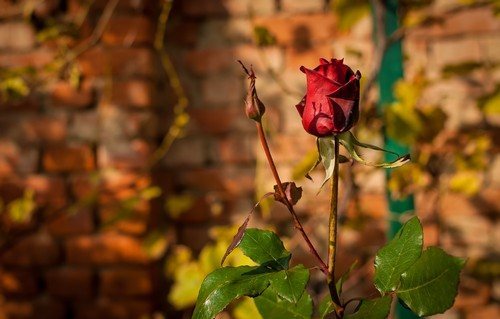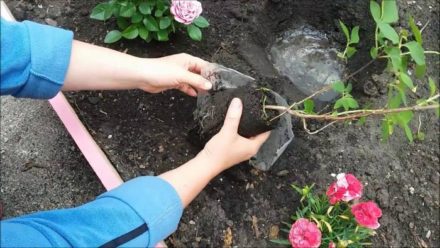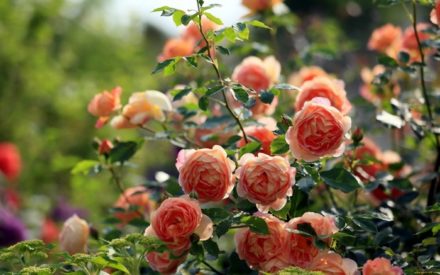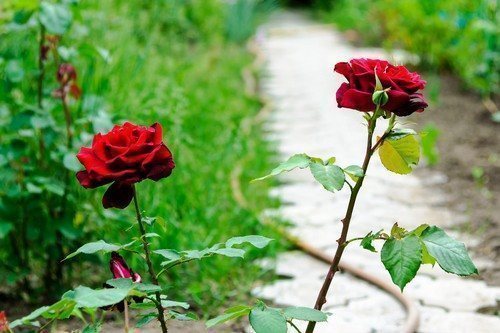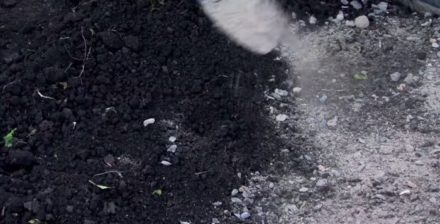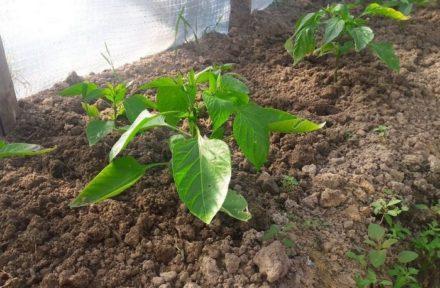It is not for nothing that the rose is called the queen of the garden. A blooming, well-groomed plant looks truly luxurious. The quality of flowering is directly related to spring pruning. It is important to carry out the activity at the appropriate time, taking into account which group the variety belongs to. After pruning, roses will need careful care.
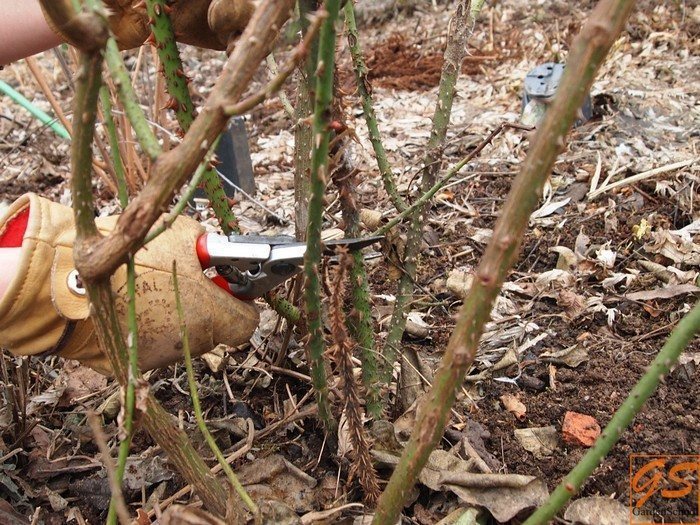
Terms and rules of pruning
It is difficult to determine the exact timing of pruning, because each region has its own climate. In addition, the weather can change from year to year. Warmth comes earlier and later. It is better to focus on the condition of the bush. It's time to start spring pruning when the buds on the roses swell, but the shoots are not growing yet.
At this stage, it is clearly visible which branches have withered or frozen over the winter. They must be removed in order to maintain the health of the bush. When choosing a tool, it is better to choose a pruner. The blades must be sharpened to ensure an even cut. For thick branches, a hacksaw is more suitable. Before use, the instrument is disinfected:
- alcohol-containing liquid:
- saturated solution of potassium permanganate;
- "Chlorhexidine" from the pharmacy.
When shortening the shoots, the cut is made just above a healthy bud, directed inward, at an angle of 45°. The general rule regarding pruning is this: leave 1 bud on weak shoots; if the stems are strong, cut them off, leaving 3-5 buds. All thick cuts must be covered with garden varnish to prevent infection from getting into the wound.Immediately after pruning, the bush is sprayed with a solution of copper sulfate in a 1% concentration.

Pruning rules taking into account varietal characteristics
Gardeners cultivate a wide variety of roses. The plant being grown may belong to one of the following groups:
- bush;
- ground cover;
- hybrid tea;
- climbing;
- curb;
- floribunda;
- parking lot
The approach to pruning a rose will be different in each case. True, it is necessary to remove damaged shoots for sanitary purposes in any case; after wintering this is especially important.
Climbing
Climbing roses are divided into two types based on the type of growth and flowering. Ramblers have flexible shoots that require garters to support. These roses bloom once per season. Rambler flowers are small, but bloom in large quantities. Cliners have tough, erect shoots and large flowers. Plants in this group often bloom again. It is advisable to know the characteristics of your rose in order to prune it correctly.
In ramblers, abundant flowering is observed on the shoots of the second year. Three-year-old stems almost do not produce buds, so they are removed without regret. Climbers produce flowering on annual growth and shoots 2-3 years old. When pruning them, they get rid of old branches that are more than 3 years old. For the first 2 years after planting, climbing roses do not need pruning.
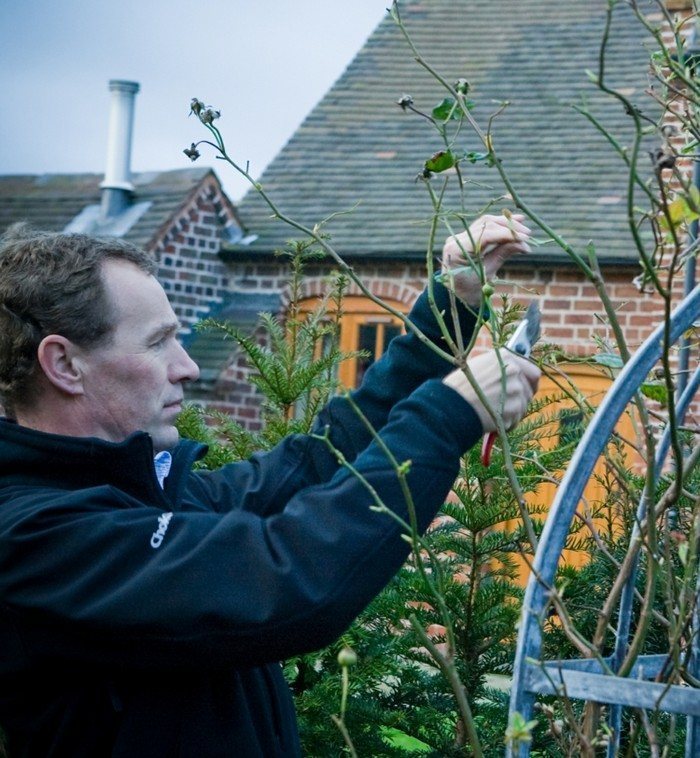
Bush
When growing bush roses, do not get too carried away with pruning. The main thing is to give the bush a neat appearance. Such varieties are formed in the form of a hollow dome. All shoots will be well illuminated by the sun, which will have a beneficial effect on flowering. To make the crown lush, prune the main stems, shortening them by 1 bud.
Excess branches are cut out, preventing them from thickening the crown. If two shoots grow in the same direction, interfering with each other, remove only one of them, leaving the strongest one. The basis of the bush should be 3-5 strong stems with 3-4 buds.
Groundcover
Ground cover roses bloom beautifully without formation. They only need sanitary and living pruning. On such varieties, vertically growing shoots are removed, and the lateral ones are not touched.
Heavy pruning is carried out only once every 5 years - the side branches are shortened, leaving 2-3 buds on them. This procedure is considered rejuvenating; the bush will continue to bloom profusely.
Floribunda
Floribunda is a popular long-blooming variety of roses. These plants have fragrant flowers and are very easy to care for. Floribunda is often used to create a hedge. This variety requires combined pruning.
Some branches are removed completely, others are shortened by 2/3 of the length. The main shoots are only slightly trimmed, removing the tops with 3 buds. Old stems and branches directed deep into the bush are cut out completely. If you overdo it with pruning your floribunda, it may not bloom this season.
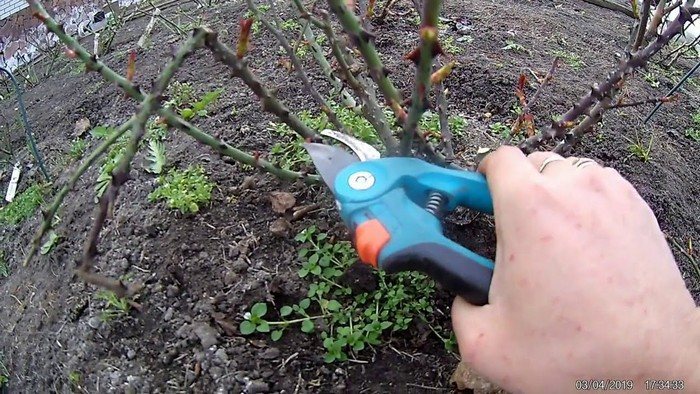
Hybrid tea
When pruning a hybrid tea rose in the spring, 4-5 last year's stems are left on the bush. This variety annually produces a good increase in young shoots. Skeletal branches are cut to a height of 25 cm, leaving 5-6 buds on each of them. Don't be afraid of such drastic pruning. The hybrid tea variety blooms on the shoots of the current season.
Curb
Border roses are called miniature roses that grow in the form of compact bushes up to 60 cm high.Plants of this group are often used to create living partitions on the site.
In order for border roses to become a decoration of the territory, they simply must bloom luxuriantly. The pruning features for this group are as follows: the central stems growing vertically are not pruned. Side shoots are shortened to encourage branching.
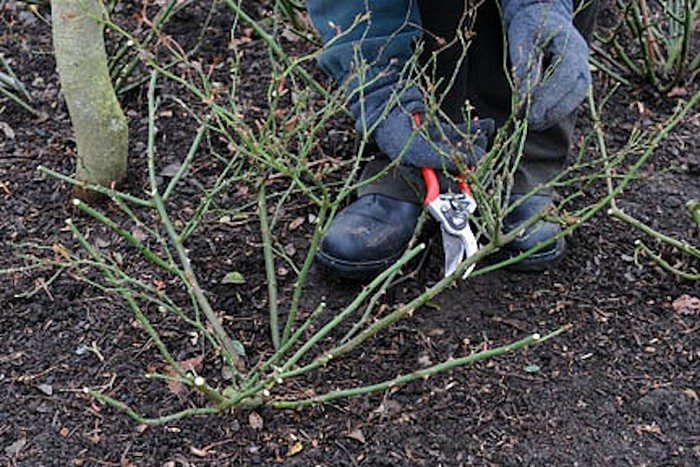
Parkovaya
The principle of pruning park roses is to clear the bush of diseased and damaged shoots. Branches that have begun to grow below the grafting site are also cut out. The crown of the bush should be harmonious, so twisted and excess shoots are removed. The remaining main branches are shortened to a height of 70-80 cm. Pruning is done above the red buds. If the tops of the stems are dry, they are cut back to living tissue.
Pruning in itself does not guarantee lush flowering. Roses need regular watering once a week. It is also necessary to loosen and weed the soil. Instead of these two procedures, you can mulch the root zone. Mulch also helps conserve moisture, preventing it from quickly evaporating. Before the leaves begin to grow, the rose must receive nitrogen or complex fertilizer.




